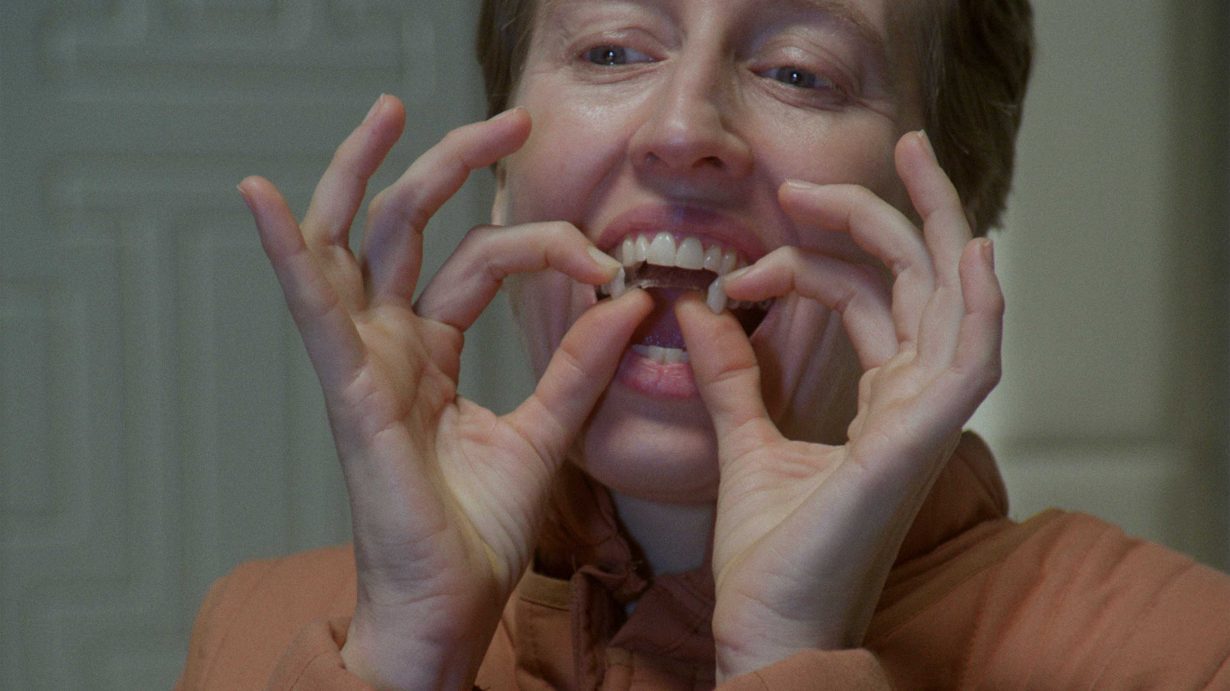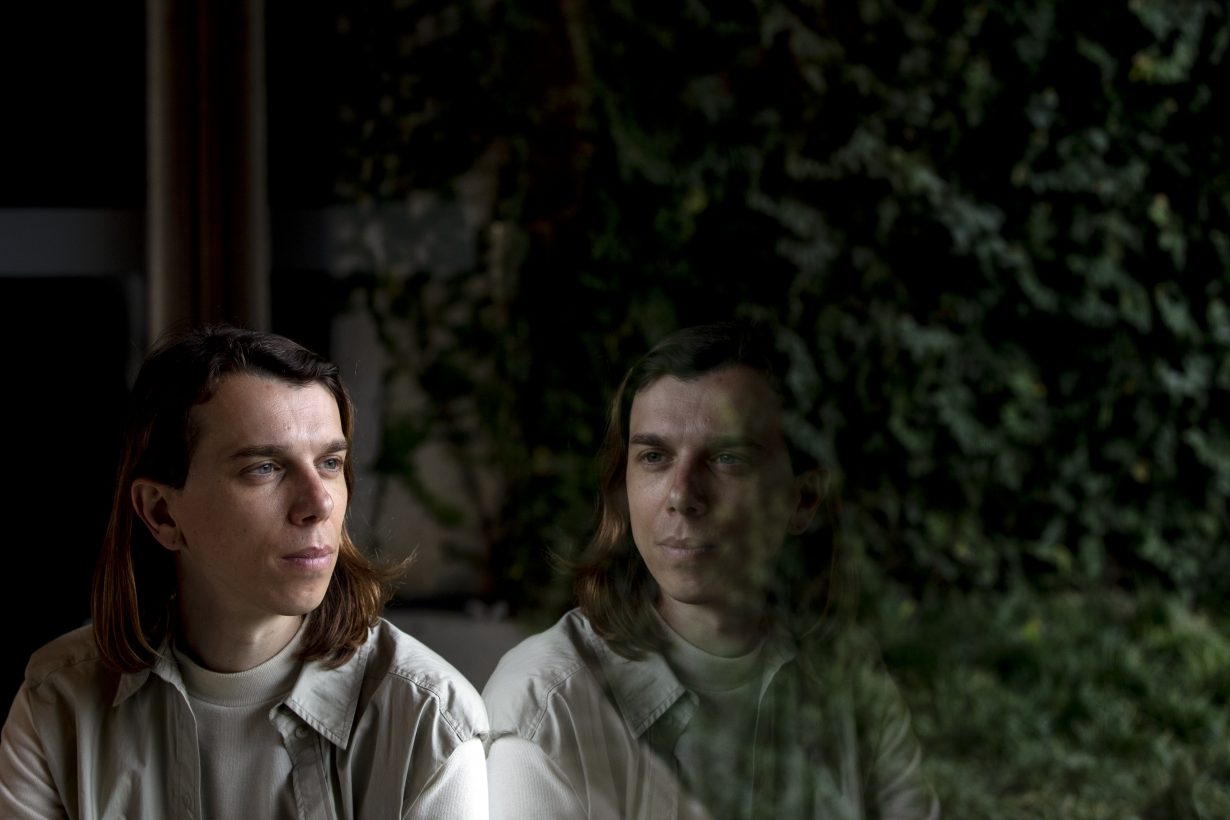
ArtReview sent a questionnaire to artists and curators exhibiting in and curating the various national pavilions of the 2022 Venice Biennale, the responses to which will be published daily in the leadup to and during the Venice Biennale, which runs from 23 April to 27 November.
Pedro Neves Marques is representing Portugal; the pavilion is in the Palazzo Franchetti, San Marco.
ArtReview What can you tell us about your exhibition plans for Venice?
Pedro Neves Marques For the Portugal Pavilion, at the beautiful Palazzo Franchetti, I’m showing a large three-screen film installation, alongside a new series of poems and sculptural elements, all under the title Vampires in Space. Film and writing are the core of my practice, and there’s an intimate dialogue between these elements in the show. The exhibition focuses on the daily life of a family of ‘vampires’ traveling through outer space, carrying life to an exoplanetary twin Earth – after all, in space it’s always night and in their eternity vampires are the perfect beings to travel the stars. In a way, the title says it all, bringing in expectations with which, as usual in my work and writings, I play in order to speak about the role of fiction and memory in our lives, with a particular care for non-binary and transgender experiences touched by dysphoria, based on my own personal life. In its intimacy and speculation the exhibition also speaks to mental health and feelings of isolation, notions of futurity, and the artistic and political impacts of contemporary cinema culture.
AR Why is the Venice Biennale still important?
PNM Relations between past, present, and future have been constant at the Venice Biennale and they are both necessary and useful art historically — and art history is something I feel we need more and more of these days. On top of this, despite their nationalistic background, the pavilions are actually a great way to experience individual projects, expressed through the artists themselves, from around the world.
AR Do you think there is such a thing as national art? Or is all art universal? What is misunderstood or forgotten about your country’s art history or artistic traditions?
PNM Art and artists are always both local and universal, simultaneously. Even the most particular and regional experience may speak to people from different backgrounds across the worlds. There is a beauty and politics in that possibility of sharing and understanding across distances that I feel we must strive for.

AR Which other artists from your country have influenced or inspired you?
PNM More than naming individual artists, I’d say there’s quite a strong love for moving image and cinema in Portugal and I’m happy to be part of it. Artistically, however, I’ve been shaped by influences from across the world, and that combination has always been important for me. In that sense I could as easily answer with artists from Brazil or the United States, places where I lived and have been formative for me.
AR How does having a pavilion in Venice make a difference to the art scene in your country?
PNM Be it the consecration of an artistic career or pushing for new directions and ways of working, there is always the hope that the pavilion helps to reflect on the multiplicity of artistic subjectivities the idea of a nation can actually have, rather than reinforcing the idea of a tradition.
AR If you’ve been to the Venice Biennale before what’s your earliest or best memory from Venice?
PNM I first visited the Venice Biennale as a young student in 2005, from which I remember distinctly entering Mariko Mori’s Wave Ufo.
AR What else are you looking forward to seeing?
PNM I’m open to surprises and can’t wait for the Surrealism that has taken over the city. And I’m particularly thrilled that the career of Cecilia Vicuña is being celebrated.